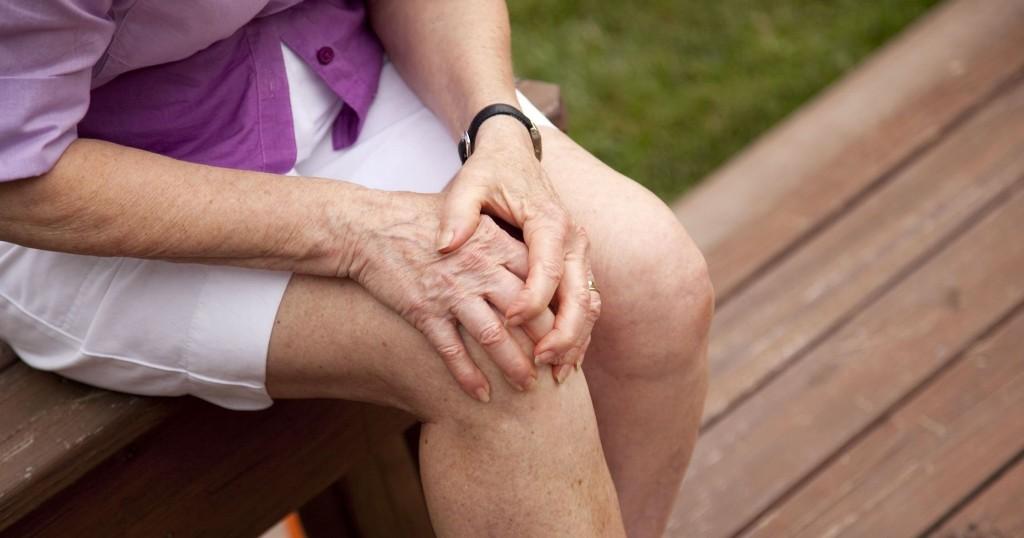
Sharp pain in the knee? It could also be serious! Knee pain is a very common problem, but many people don’t care, they just assume it will go away.
“I can’t bend my knees” you may have felt this. The knee can hurt or narrow for a number of reasons, including injury, arthritis, cartilage wear, overuse. A lay person cannot tell what is causing the pain.
Knee pain can be associated with stiffness, weakness, instability and in some situations redness. Sharp stabbing pain in the knee can be caused by!
Injury: several components of the knee can be damaged, including the knee ligaments, tendon or kneecap. Common injuries include cruciate ligament damage or fractures, which in many cases can lead to osteoporosis.
Mechanical problem: there are cases where a broken bone or piece of cartilage causes the problem. A dislocation of the kneecap can also cause pain. It is worth noting that either dislocations, dislocations or other injuries are among the causes of below knee pain.
Cartilage wear: osteoarthritis or cartilage wear is a common cause of knee pain. This condition involves the gradual wear and tear of the joints in the knees, which can cause pain, stiffness and limited mobility. Knee stabbing pain can often be traced back to cartilage wear.
Atrhritis (inflammatory joint disease): there are more than 100 subtypes, the most common of which is rheumatoid arthritis, gout. These all require a doctor. Rheumatoid arthritis or other autoimmune diseases can cause inflammation in the knee joints, which can lead to pain and swelling.
Knee osteoarthritis: Osteoarthritis is an inflammation of the tendons and tendon sheaths around the knee that can develop as a result of excessive strain, repetitive movements or infections.
It can often be prevented by taking action to address risk factors.
One of the main ones is excess weight, which puts a lot of strain on the joints. It’s also worth doing physiotherapy as it can help. There are some signs that you should see a doctor immediately, such as if your knee can’t take the weight or is very swollen, if you can’t stretch or bend it, if you have a fever.
Treatment of a sore knee at home
Rest and ice: you can reduce the strain on the injured knee by resting and using cold therapy. Put ice wrapped in a thin towel on the sore knee and leave it on for 15-20 minutes. This can be repeated several times a day.
Lifting the leg: While resting, try to lift your legs. This can help reduce swelling and pain.
Stretching and strengthening exercises: Light, gentle stretching and strengthening exercises can help strengthen the muscles around the knee and improve stability.
Warm therapy: if the pain is chronic or associated with inflammation, warm therapy can also help. A heating pad or warm water bottle can be used by placing it on the knee.
Anti-inflammatories: Over-the-counter anti-inflammatories can help relieve pain and inflammation.
Exercise: Endurance and strengthening exercises, such as cycling or swimming, can help strengthen the muscles around the knee.



